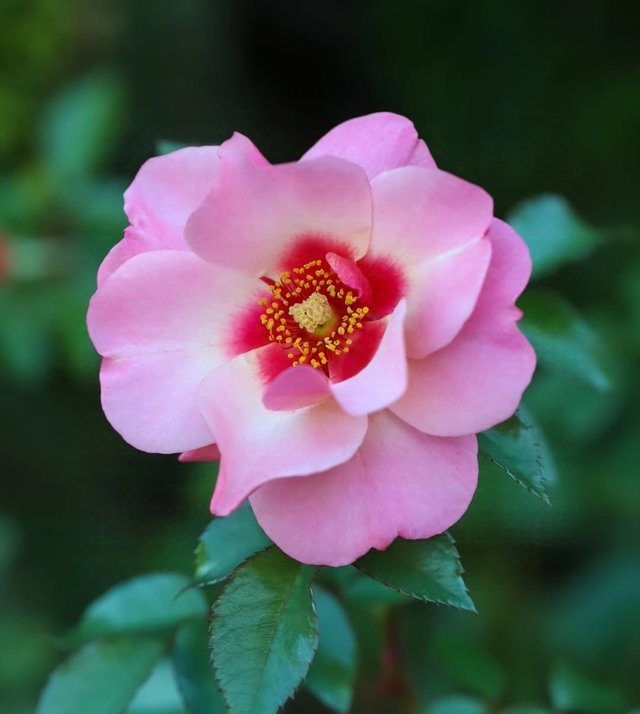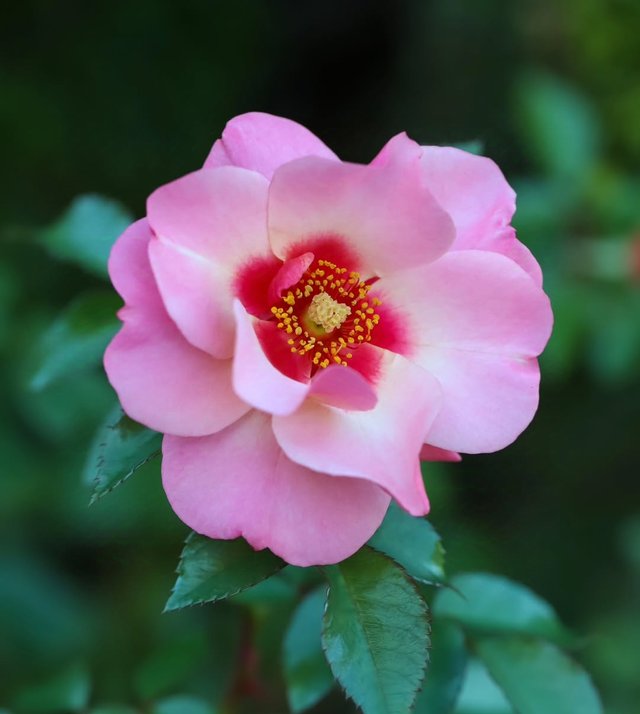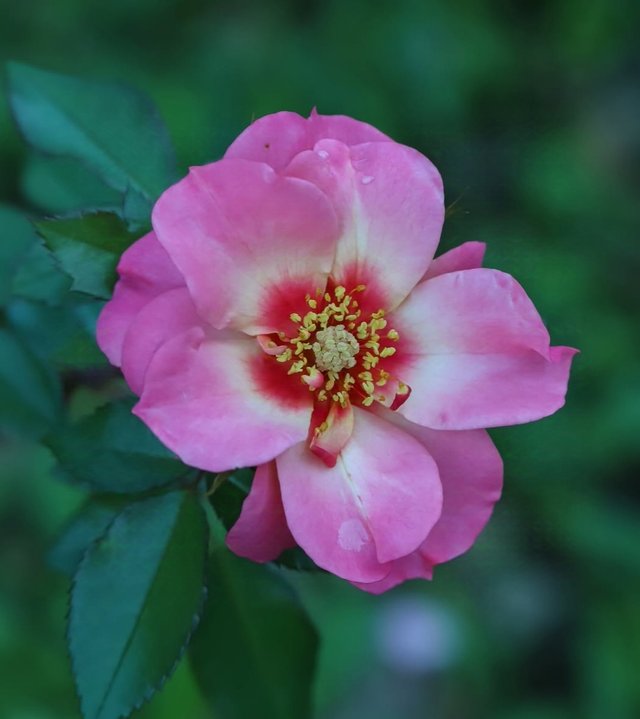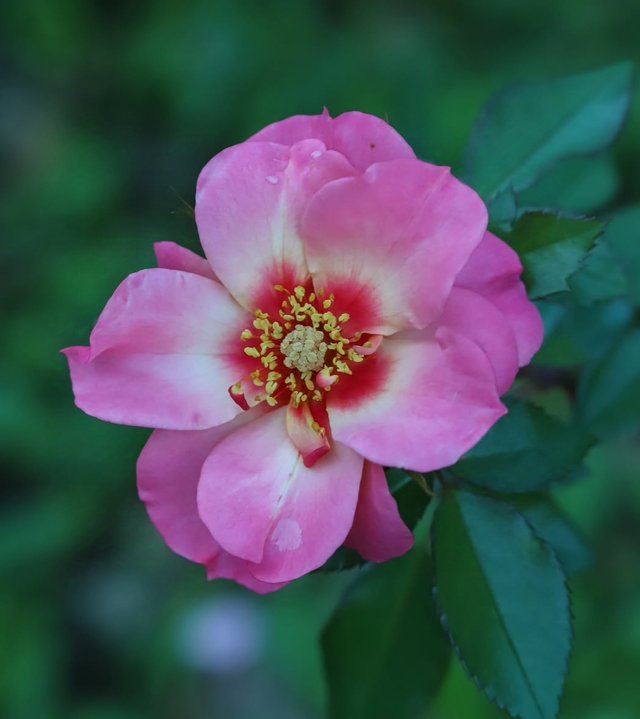Rosa persica: A Hidden Gem of the Rose World
Roses have long been celebrated as symbols of love, beauty, and resilience, with thousands of species and hybrids cultivated worldwide. Among these, Rosa persica stands out as a unique and captivating species, deserving more attention from gardeners, botanists, and rose enthusiasts alike. This remarkable wild rose, native to Central Asia and the Middle East, offers a glimpse into the diverse and untamed beauty of nature's artistry.
Origins and Distribution
Rosa persica, also known as the Persian rose, is native to arid regions, including parts of Iran, Afghanistan, Turkmenistan, Uzbekistan, and Kazakhstan. This wild species thrives in harsh, semi-desert environments, demonstrating remarkable adaptability and resilience. Its native range provides insight into its ability to withstand drought, extreme temperatures, and poor soils—traits that make it an intriguing candidate for modern hybridization and xeriscaping.
Botanical Features
Unlike the classic roses most people envision, Rosa persica boasts a distinctive appearance that sets it apart:
Flowers: The flowers are small, usually 2–3 cm in diameter, and single-petaled. The standout feature is their striking central blotch, typically a deep red to maroon hue that contrasts dramatically with the bright yellow petals. This eye-catching "halo" effect is a defining characteristic of the species.
Leaves: The foliage is small, finely divided, and somewhat gray-green, adapted to conserve water in its dry native habitat.
Growth Habit: Rosa persica is a low-growing shrub, often forming dense thickets. Its height rarely exceeds 50–70 cm, making it ideal for groundcover in challenging environments.
Thorns: Like many wild roses, it has sharp thorns, a feature that provides natural protection against herbivores.
Ecological Importance
In its native range, Rosa persica plays an important ecological role. The flowers provide nectar and pollen for various pollinators, including bees and butterflies. The small, colorful hips are a valuable food source for birds and other wildlife, especially in the harsh conditions of its habitat.




